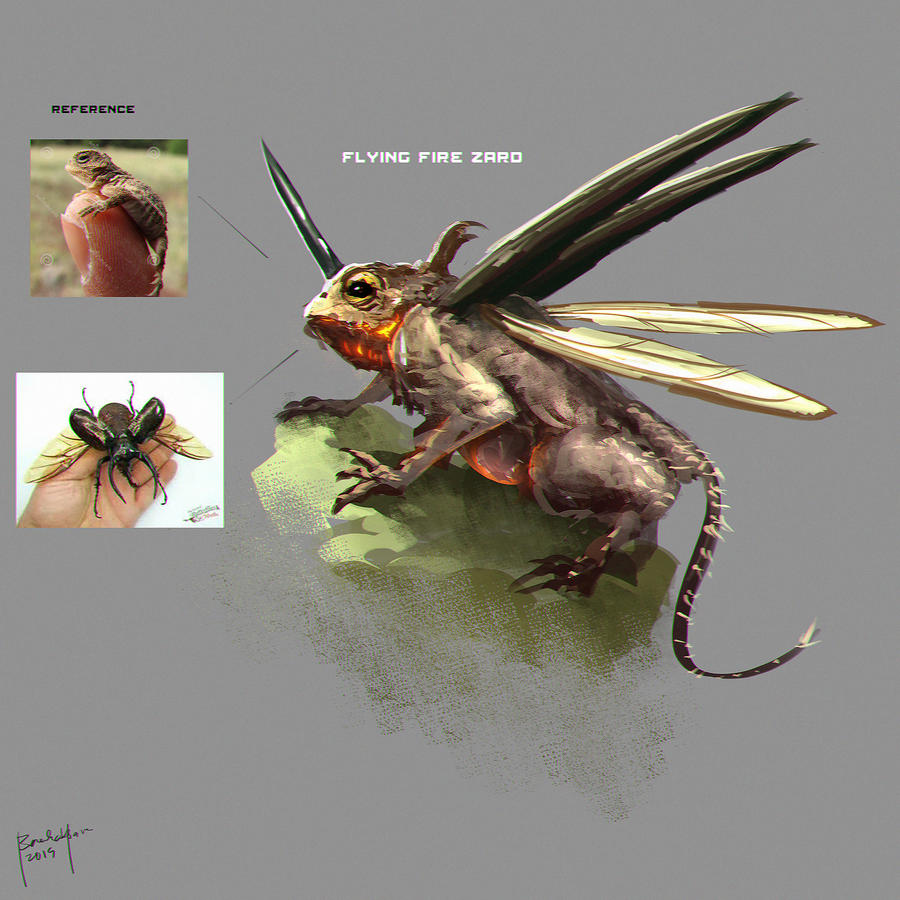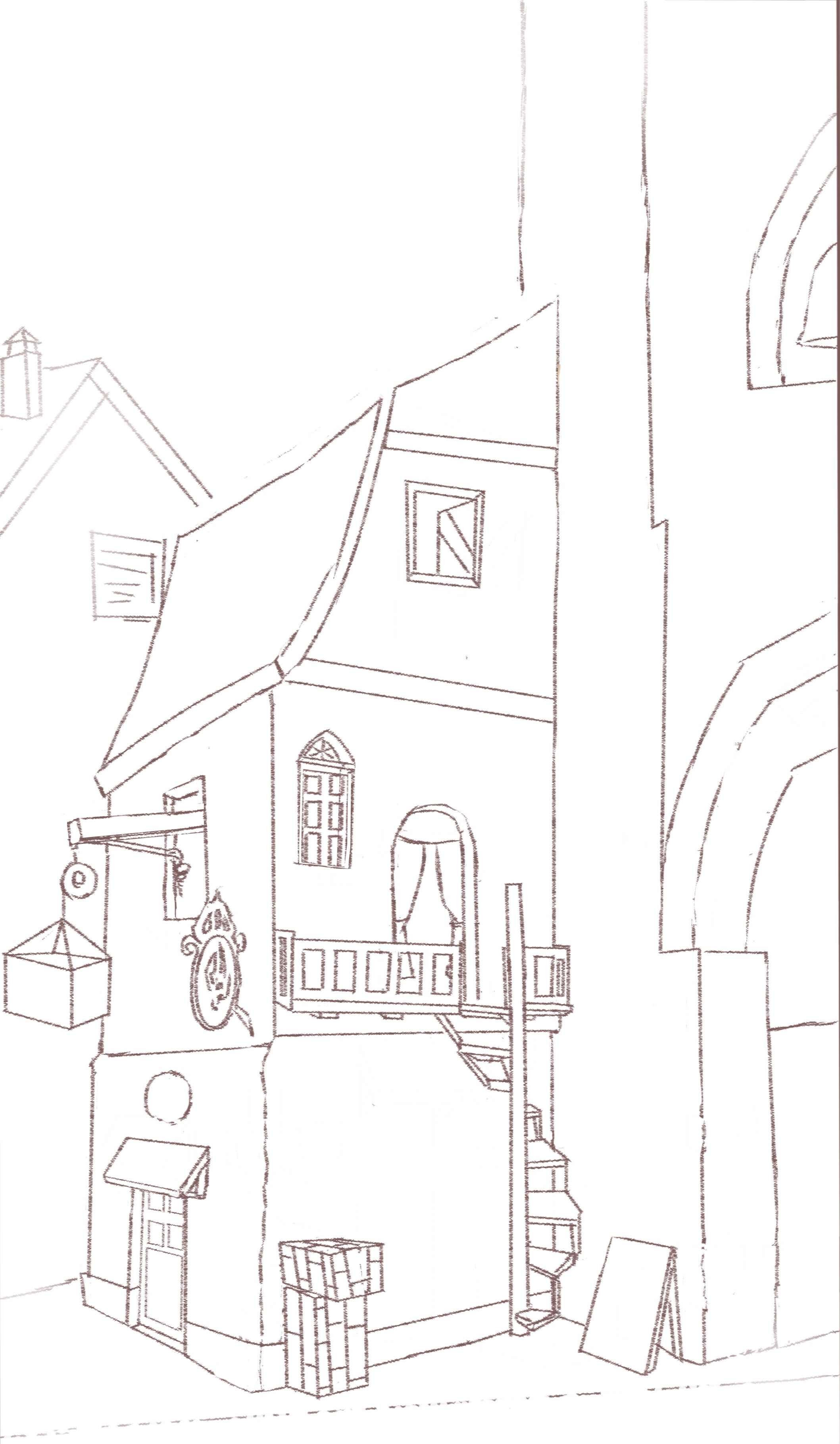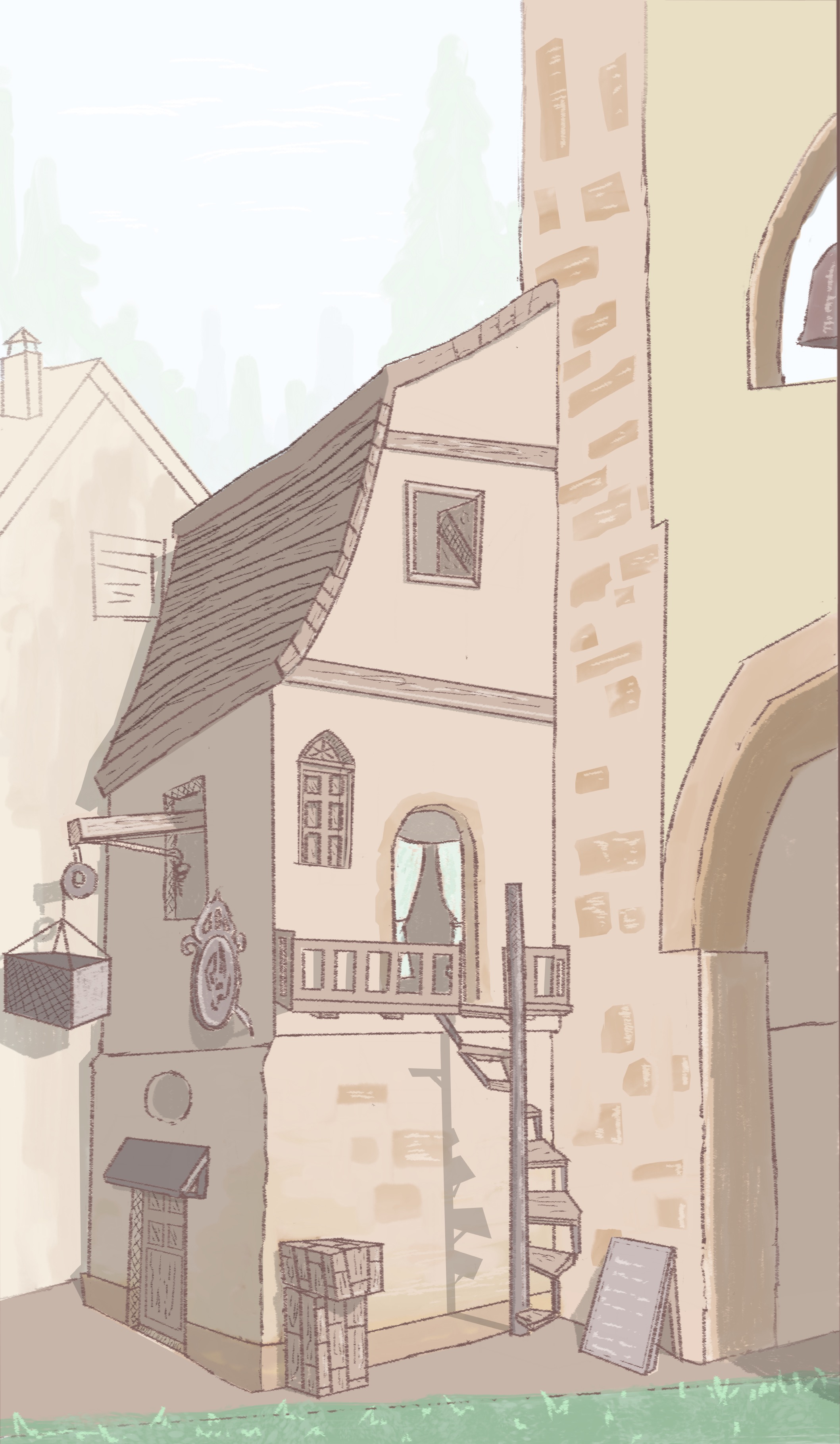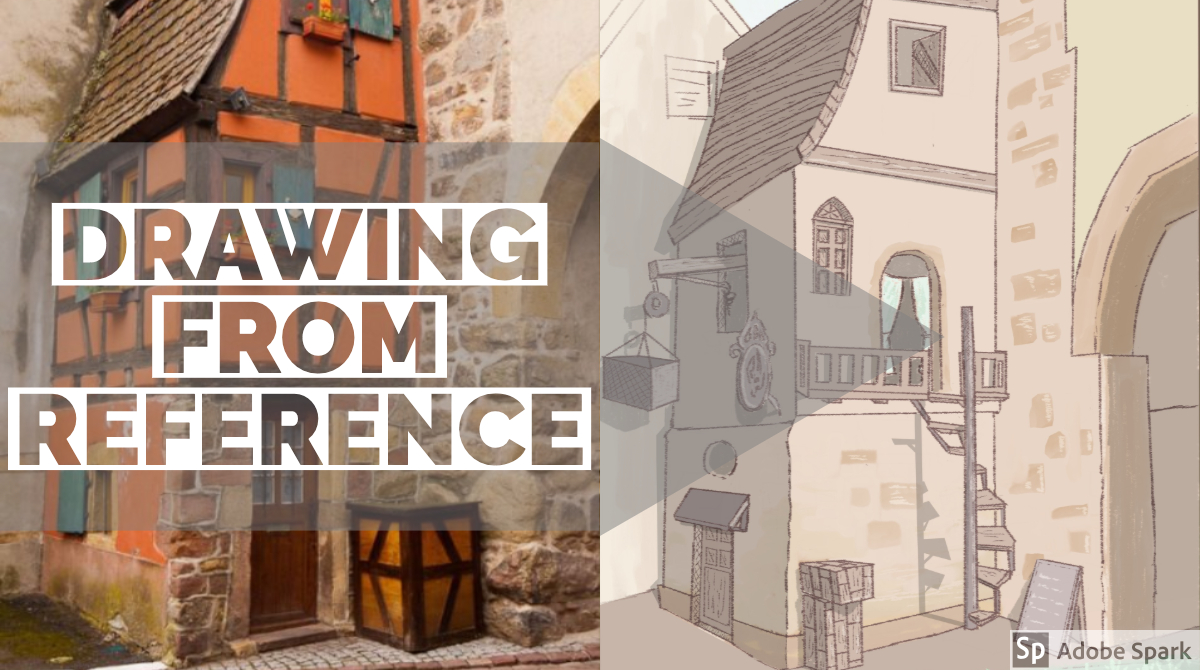Should you use references for your art?
Using references makes sketching easy. It is essential to learn how to use references the right way especially for budding artists. References make learning art simple. Household objects like a stapler, a shampoo bottle can all be used as references. While it is good to be able to draw from imagination, it may not always be possible. Artists frequently try to find inspiration from nature, or use every day objects for reference. Some even use their pets or other animals as references for their artwork. My six-year old niece loves this book called ‘Dewey: There’s a Cat in the Library!’; illustrations for this book were probably inspired by a pet cat.
Using references makes sketching easy. It is essential to learn how to use references the right way especially for budding artists. References make learning art simple. Household objects like a stapler, a shampoo bottle can all be used as references. While it is good to be able to draw from imagination, it may not always be possible. Artists frequently try to find inspiration from nature, or use every day objects for reference. Some even use their pets or other animals as references for their artwork. My six-year old niece loves this book called ‘Dewey: There’s a Cat in the Library!’; illustrations for this book were probably inspired by a pet cat.
Some of us may feel that drawing from references may be looked down upon or such a technique may not be appreciated, but evidently, that is the best way to learn, and many successful artists use this technique.
Household objects as references
Let's say you want to draw a new version of the ‘X-Wing starfighter’ from the Star Wars series. but you are struggling with finding a good reference. You’re not satisfied with the models you found online, so you decide to create a reference by yourself. You find this example on Pinterest. This exciting make shift model is 3D, and a good enough reference to build your own version of the x-wing. Simple everyday objects like a sharpener, paperclips and a sharpie can help you build a reference. Now, sketching a new version the x-wing seems a lot easier all of a sudden.Here is another example where the artist created a spaceship using a shampoo bottle for reference and it is awesome!

Animals as references
If you have watched any anthropomorphized animated movie, you will find that there are a lot of animals behaving like humans which is not an easy task to accomplish. Artists use so many references and models to get it done. Here is an example from deviant art. The artist used a lizard as reference to create a concept art. He used the form of a lizard, added wings and other appendages to the creature and the outcome is simply superb.
Using nature as a reference
If you are a Star Wars fan like me, you already know how the final battle (scene on planet Mustafar) in the Episode-3 of the Star Wars series was produced. Creative team at Industrial Light and Magic studied the texture of volcanoes, the rocks around them and so many naturally occurring elements to come up with a brilliant masterpiece. If you are unfamiliar with it, take a look. This is only to help you realize how important it is to learn how to study references and be able to use them in your art work to get the best results.Now I would like to share how I created a simple environment design using a reference. Here is how I did it.
After observing the reference carefully, it was time to start creating the line art for the environment design. Since I was not going to be drawing from imagination, it was not too difficult to do a quick line art of the original. After I got the proportions as I planned, I developed the line art to include some elements from my imagination.
Tip: When you are learning and trying to practice, play with the rough sketch and create your own design of the original reference. You must keep in mind that you are not trying to trace out the original design. Try and add some imagination while you are drawing from the reference.
Here is what the line art looks like. I changed a few details from the original image. I tried to add a staircase, change where the door was, added a pulley and that’s it. This version I created is identifiable with the original but it is not identical. I could do more. Perhaps add some shrubs around the house or may be add some people too, but this exercise is to aid the budding artist in you. Help you see how you could create environment designs using available resources.

Colours

Shadows

Final outcome with highlights

If you have tried something similar, please share the outcomes in the comments section. If you found this article helpful, please share it with your friends. Happy sketching!


Comments
Post a Comment